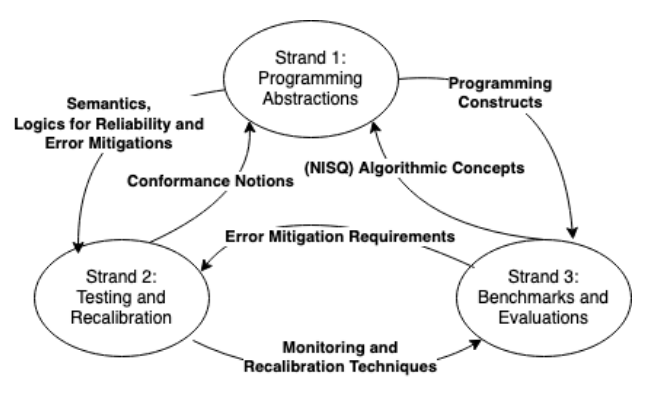Investigations

Quantum circuit cutting using quantum error correction
Present novel adaptions to existing circuit-cutting techniques, robust against different types of environments (dephasing, amplitude damping, depolarising etc.) and resilient to quantum errors.
Circuit cutting for multi-quantum processor platforms, accounting for noise and considering error-correction solutions for the communication between devices.
Learn more
Two Key Challenges
- Circuit Cutting classical cost
- Circuit Cutting with Noise
Methodology
Begin with exploring circuit cutting in the presence of noise…
- Analyse the performance and accuracy of these techniques for many different types of noise (including possibly solving master equations for Hamiltonians that generate the unitary circuits).
- After developing an accurate characterisation of performance against noise, develop error-correction/entanglement based techniques to improve both circuit-cutting and the quantum communication between subcircuits.
The Team
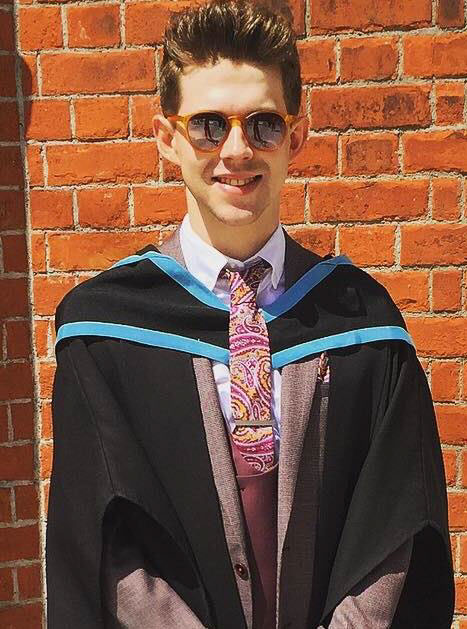
Michael Hart Queen’s
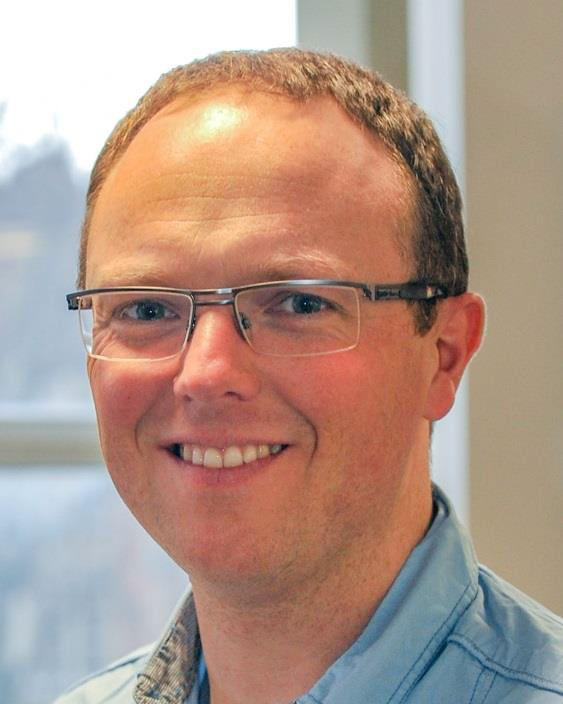
John McAllister Queen’s
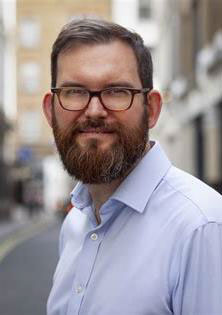
Dan Browne UCL

Feasibility of robust and reliable quantum computation for quantum field theories on NISQ devices
To develop transformative applications of Quantum Computation (hardware and
software) by testing and optimizing quantum algorithms for Quantum Field Theories.
Application of relevant quantum algorithms to high energy physics on NISQ devices,
and on early fault-tolerant devices
Learn more
Three Key Challenges
- 1
Hybrid classical-quantum computation for High Energy Physics on NISQ devices: Quantum assisted Monte-Carlo, hybrid machine learning
- 2
Benchmarking NISQ devices with problem specific quantum algorithms and protocols for high-energy physics
- 3
To optimise Quantum Error Mitigation and specific purpose Quantum Error Correction techniques for tackling noise in high energy quantum simulations
Methodology
- Compute lattice QCD canonical observables by Metropolis-Hastings algorithms on NISQ devices to compare with classical results
- Develop classification algorithms to discriminate signal from background, and quantum autoencoder for anomaly detection on NISQ devices
- Benchmark NISQ devices by computations in high energy physics; and study graphical optimization techniques for these quantum algorithms
- Identify the optimal inherent symmetries in symmetry verification, the optimal
number of copies in purification- based methods, or the optimal shape of extrapolation curves for our application for Quantum Error Mitigation
The Team
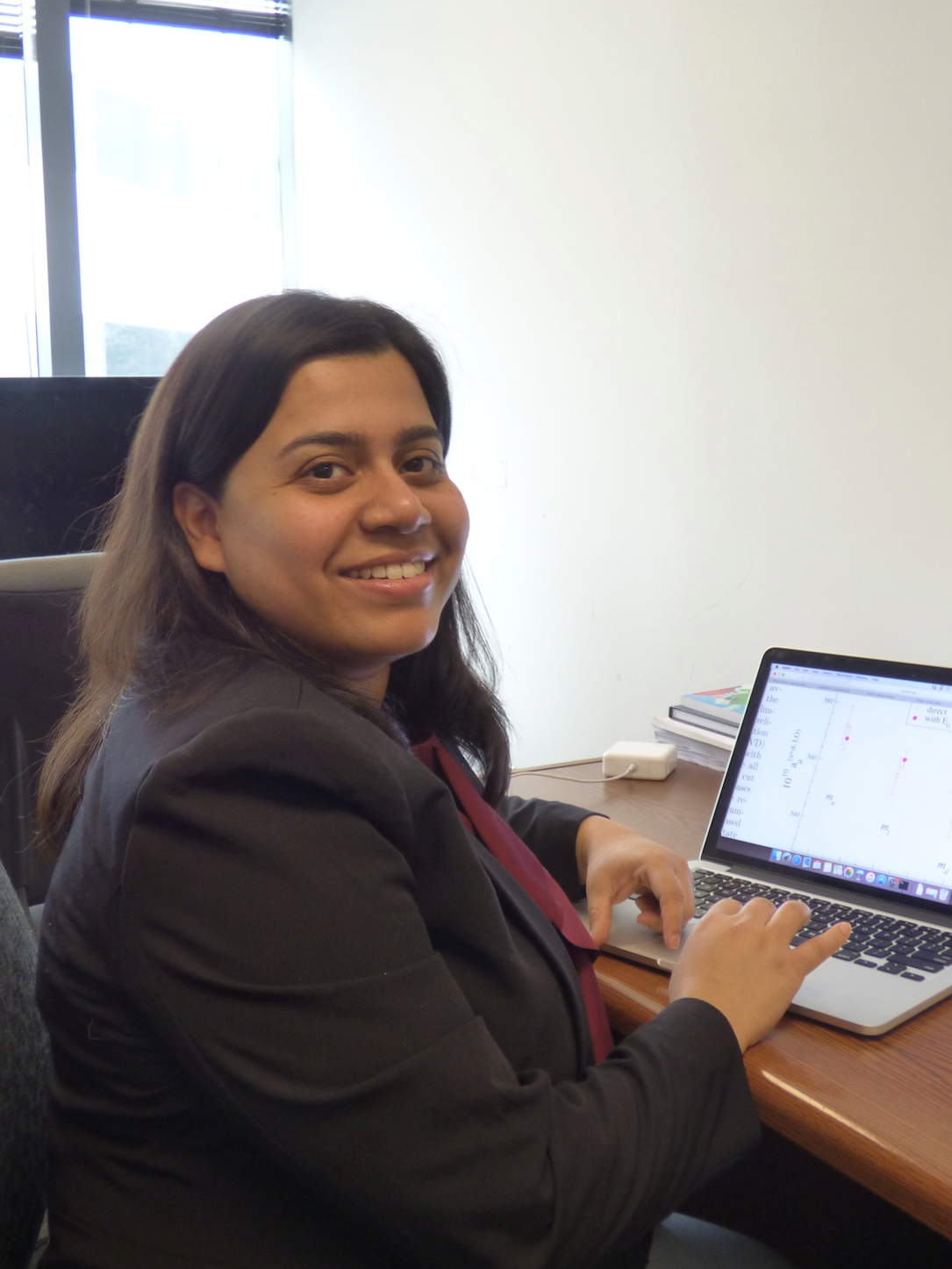
Bipasha Chakraborty
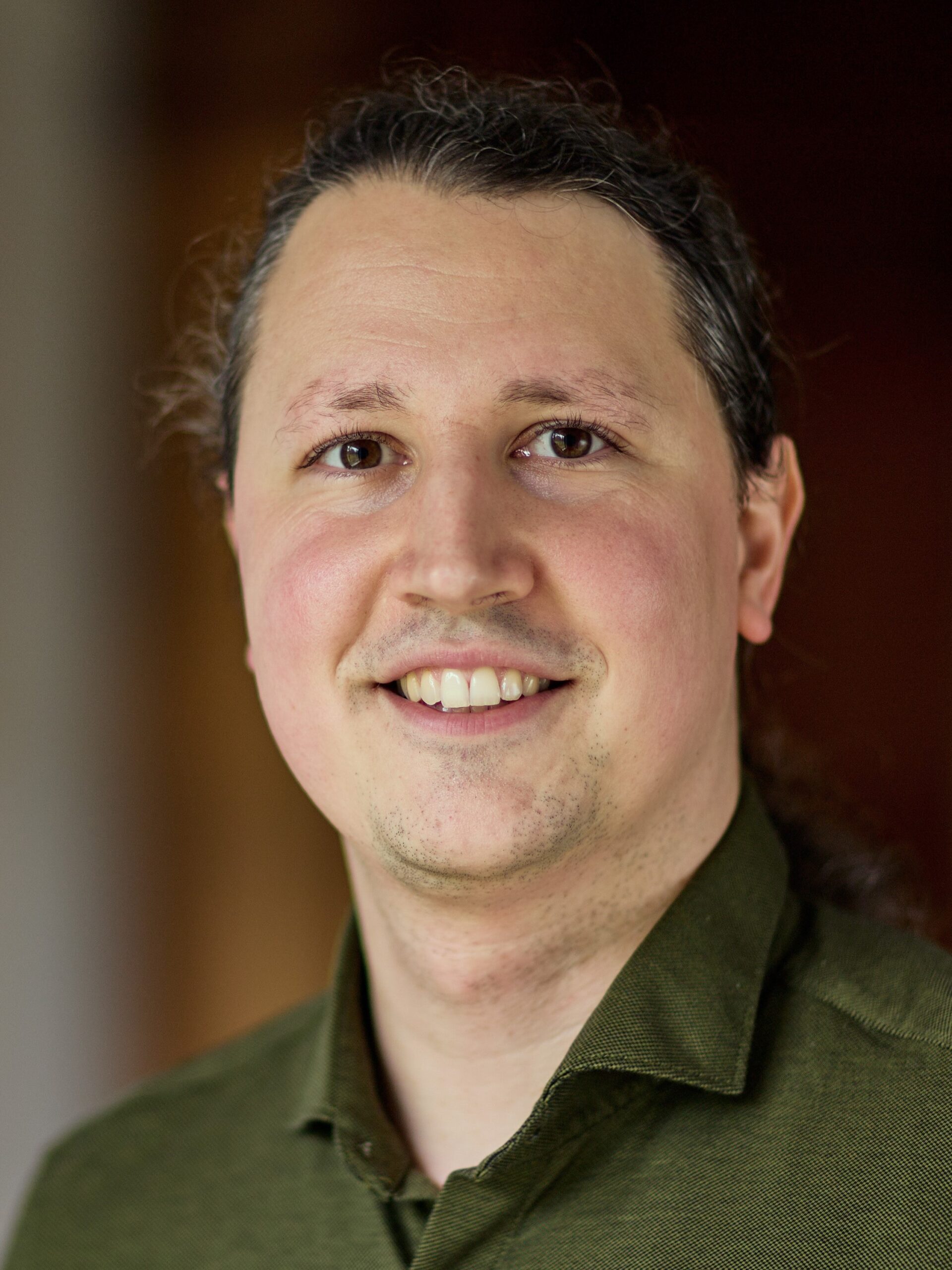
Balint Koczor
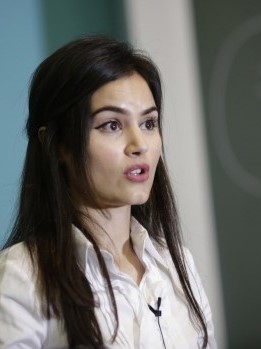
Sarah Malik
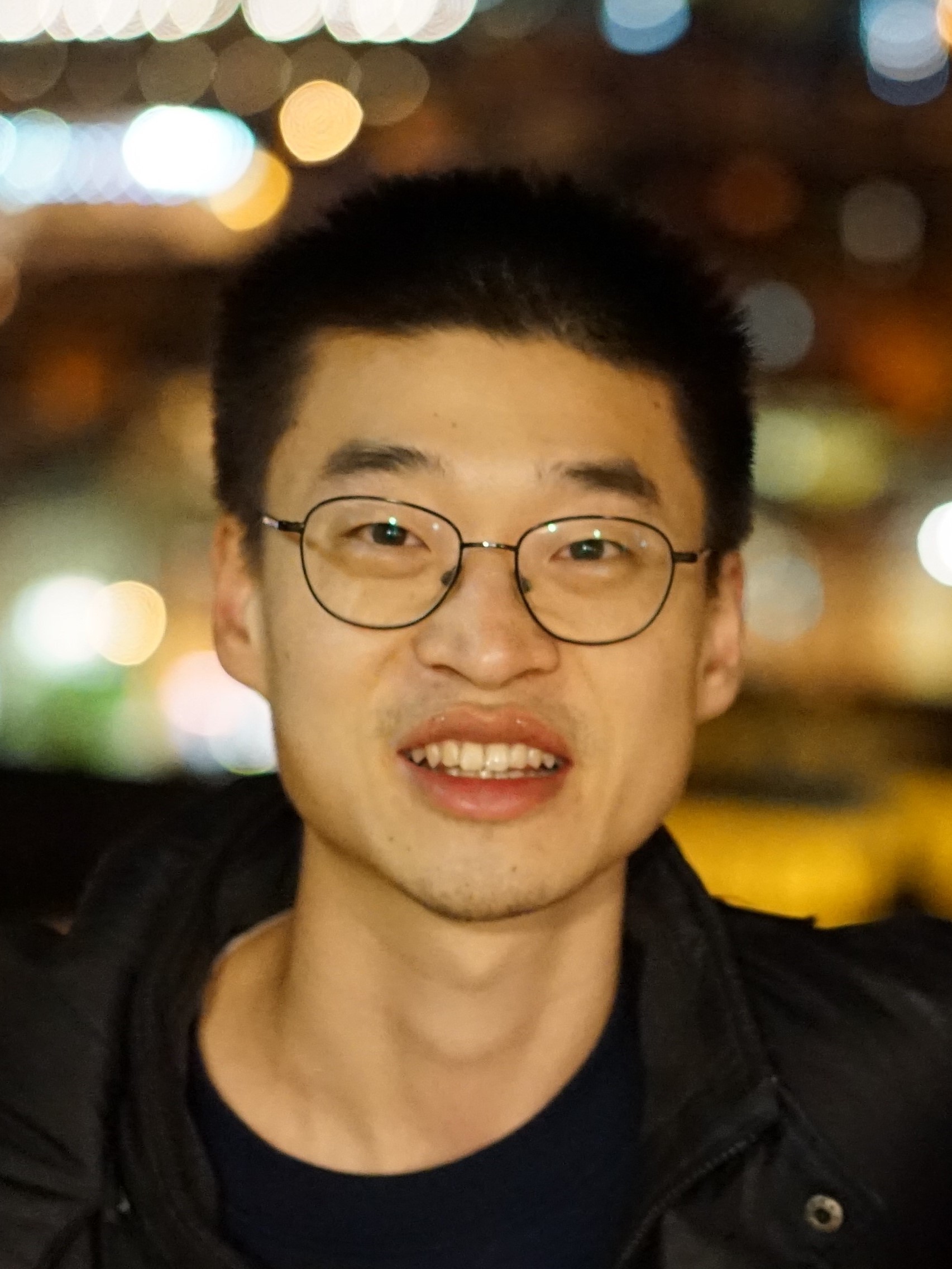
Zhenyu Cai

Verified compiling in the presence of error
Provide solutions to the problem of compilation where the dual aspects of compilation and verification go hand-in-hand, each being used to inform the other.
Use this interplay to design fundamentally new types of compilers (i.e. that can handle error) and ones that come with powerful verification techniques
Learn more
Two Key Challenges
- Compiling in the presence of error
Compile quantum programs to ‘machine code’ that minimises computational error, by exploiting fine-grained information about errors inherent in the compilation process and hardware platform.
- Verifiable compiling
Verify the correctness of approximate and error-prone computations, up to quantifiable error bounds.
Methodology
Start with two academic compilers…
- PyZX & QuiZX: open-source libraries for quantum circuit optimisation, routing, simulation, and verification using the ZX-calculus [Kissinger]
- 2QAN: An open-source approximate application-specific compiler for Hamiltonian simulation [Browne]
… and add increasingly sophisticated error modelling.
The Team

Dan Browne
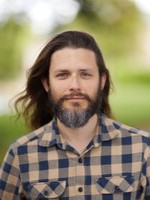
Aleks Kissinger
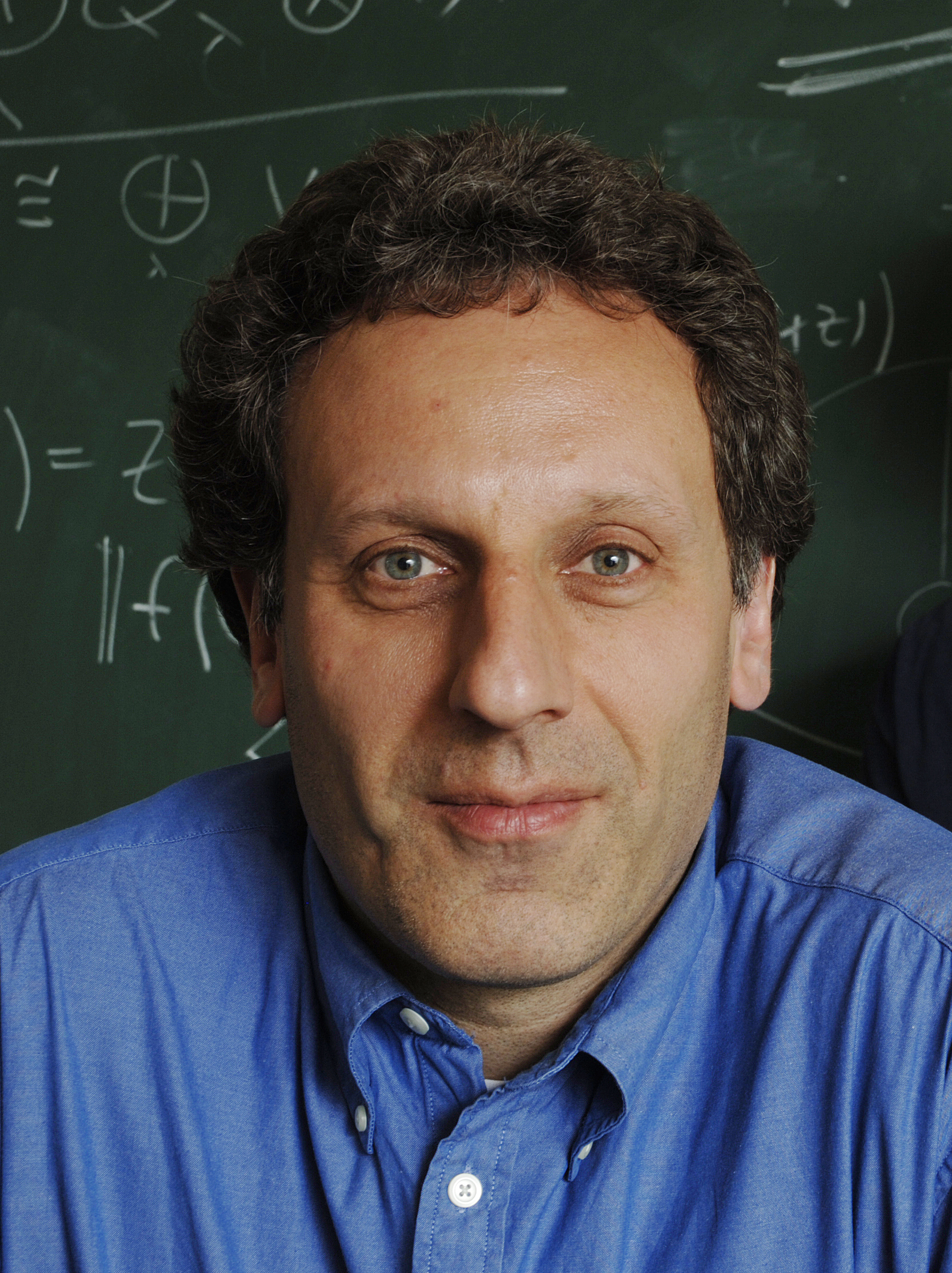
Noah Linden
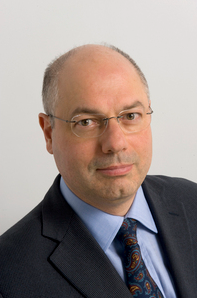
Tom Melham

Structure and symmetry in quantum verification
Under what conditions can classical verification of quantum computation be done more efficiently than solving the problem on a quantum computer?
Learn more
Vision
To bring together breakthrough classical techniques, new developments in classical simulation algorithms, and advances in the theory of classical computation and verification to attack this question.
Idea
To take advantage of the structural features of quantum circuits.
We will work on three different structural levels:
- 1
Methods that exploit the patterns or inhomogeneity of gate application in
quantum circuits
- 2
Algorithms that depend on the symmetries of the circuit
- 3
General circuits which are not known to have local symmetries but possess
general algebraic constraints.
Methodology
Start with basic structural features and move to more general cases:
- Tensor Network algorithms and Separator theorems [Strelchuk]
- Symmetric computation [Dawar]
- Quantum proofs of proximity [Gur]
The Team
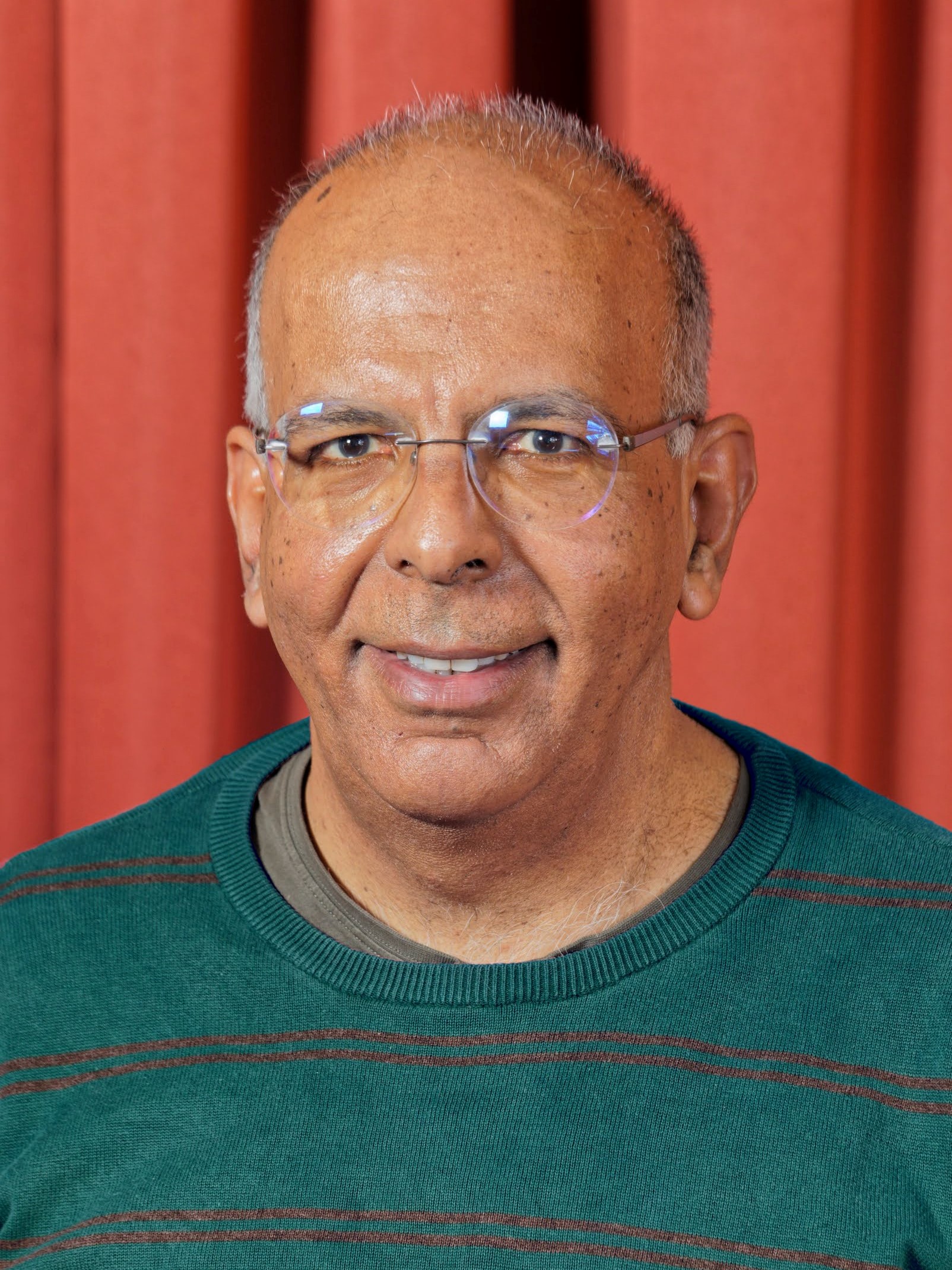
Anuj Dawar
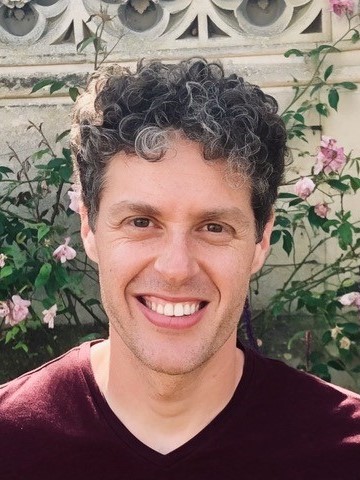
Tom Gur

Tom Melham
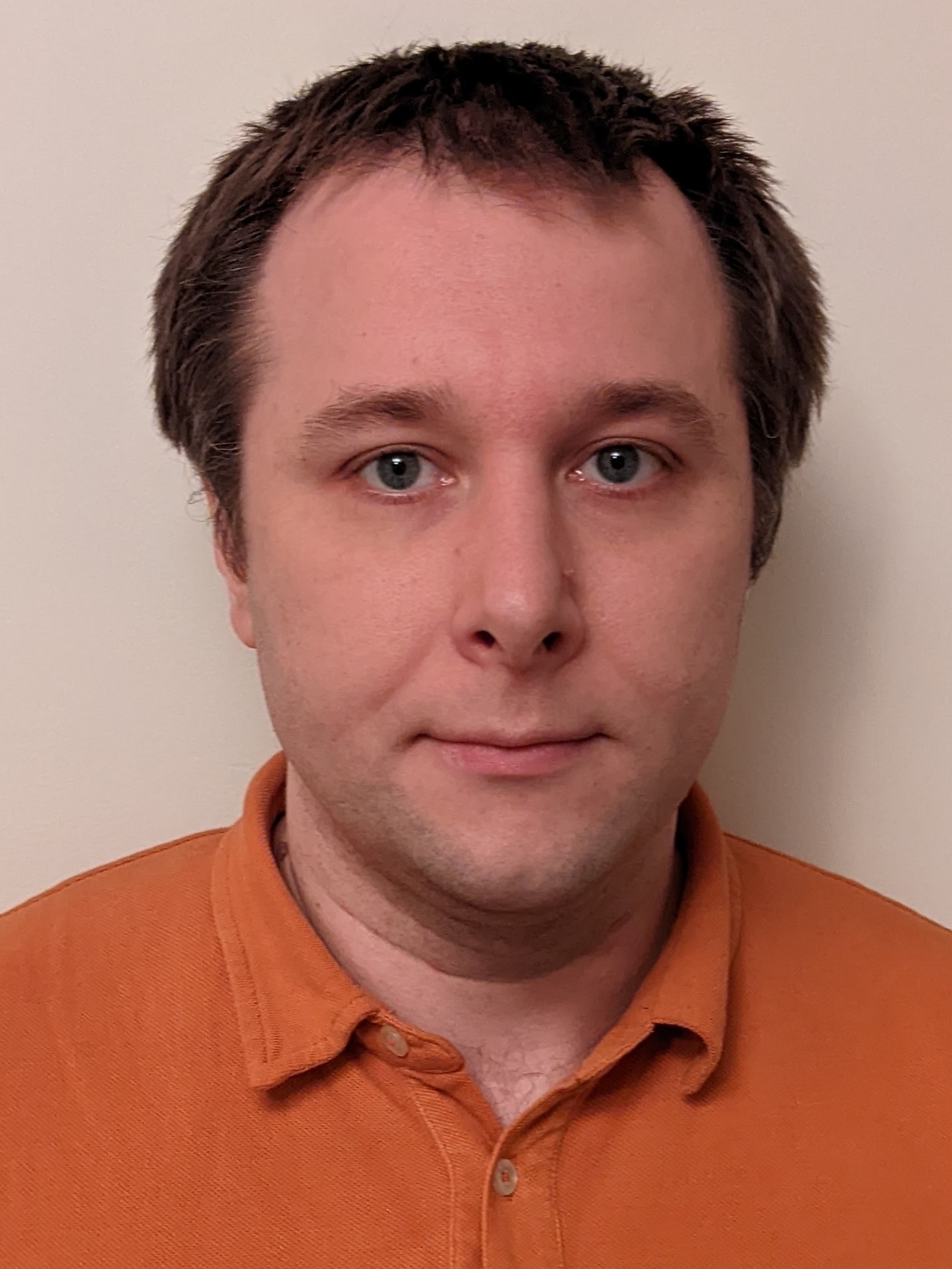
Sergii Strelchuk

Scalable simulation of quantum computers on heterogeneous computing clusters
Provide a GPU-centric system solution to achieve efficient simulation of a QC
on a GPU cluster
How to partition and coordinate the QC simulation on distributed GPUs?
How to enable compilation optimizations for a quantum circuit on a GPU?
Learn more
Two Key Challenges
- Simulation of a Quantum Computer (QC) is memory intensive
Simulation needs to store all possible quantum states of a QC in the memory of a classical computer. The space cost is O(2^N) where N is the number of qubits. For instance, a 45-qubit simulation needs 0.5 PB of memory.
- Simulation of a QC is computationally demanding
The dominating computation is matrix multiplication. The computation cost is linear to the depth of the quantum circuit and is exponential to the number of qubits. This may require a lot of time to run on general processors: CPUs.
Methodology
Start with the state-of-the-art simulator, and follow the success of supporting heterogeneous processors in AI frameworks
- QuEST: an open-source library for QC simulation with current support for distributed
CPUs and a single GPU. - Enable evolution for the QC simulation software, similar to how AI frameworks
evolved in the past decade (from Caffe to TensorFlow / PyTorch).
… and add increasingly sophisticated error modelling.
The Team
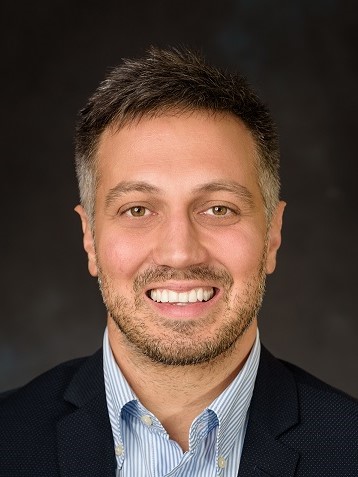
Antonio Barbalace
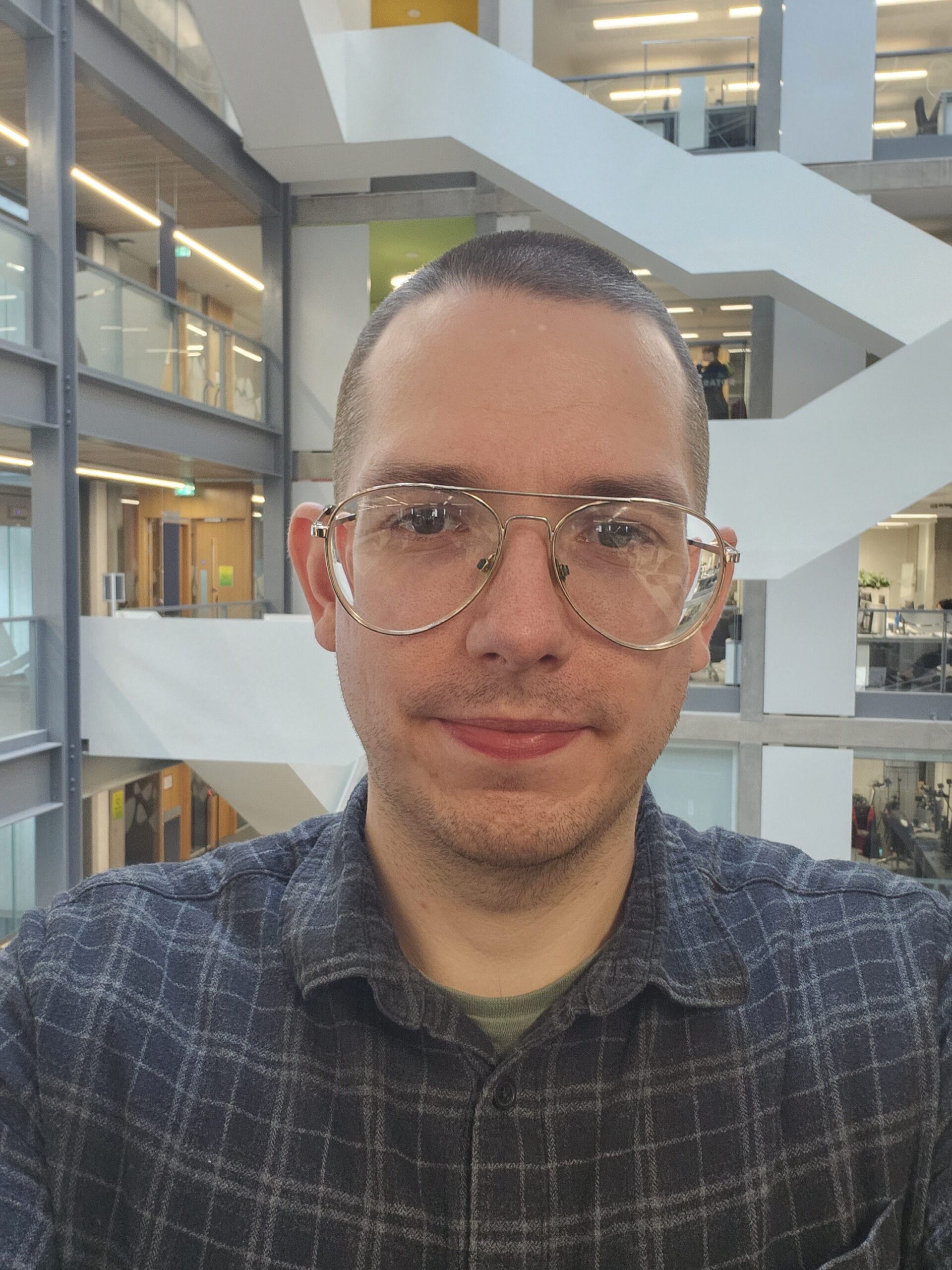
Oliver Thomson Brown

Raul Garcia-Patron Sanchez
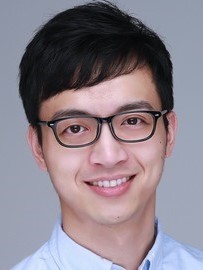
Luo Mai
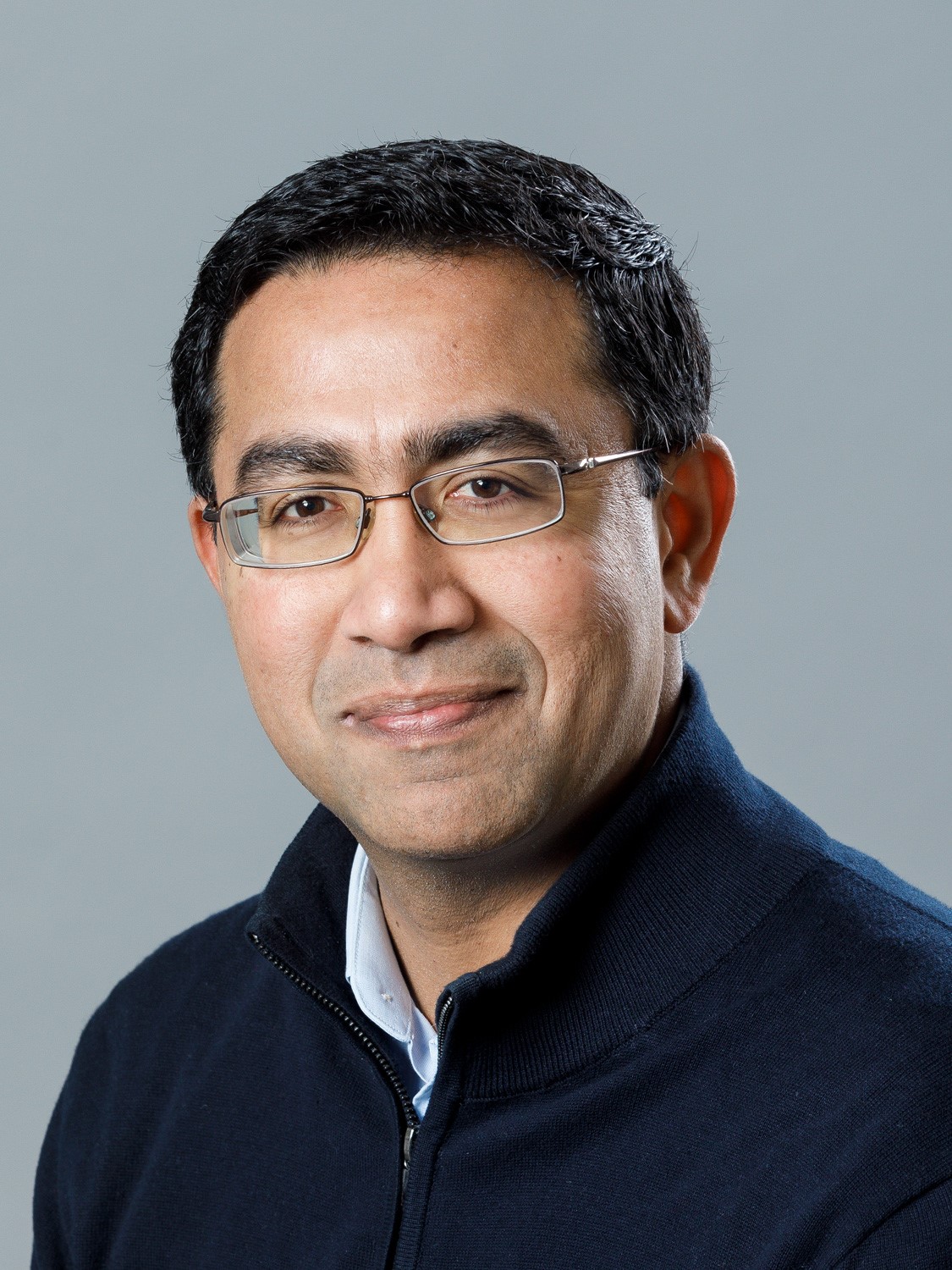
Mahesh Marina
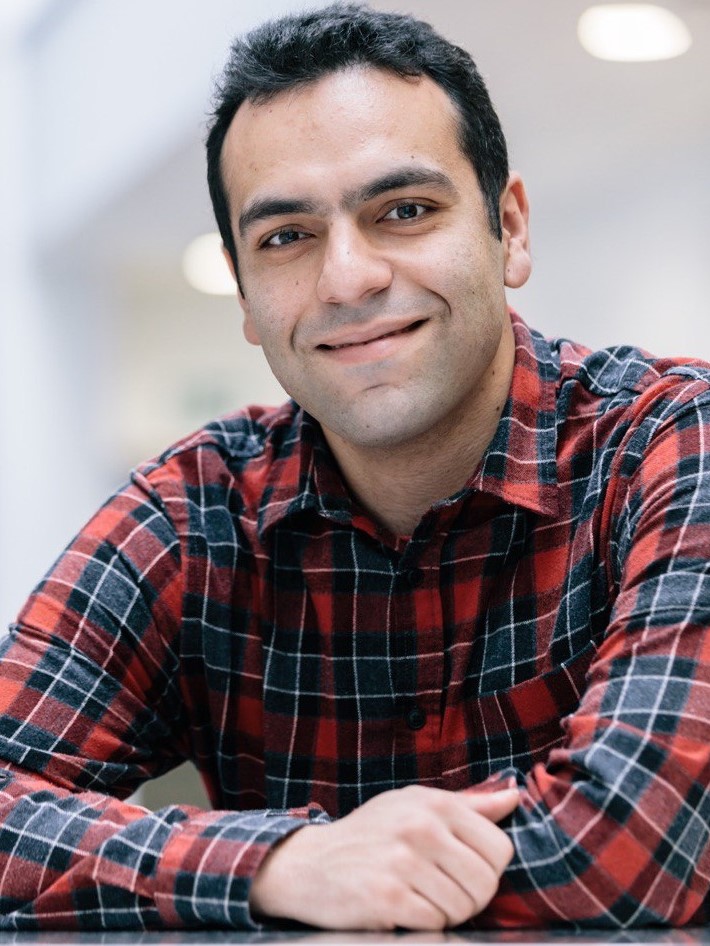
Amir Shaikhha

QUENCH: Quantum emulation with cloud heterogeneity
Provide performance modelling and optimisation methods to find the most effective combination of cloud resources and numerical methods for quantum simulation.
Use this approach to design novel open-source tools for simulating quantum circuits based on heterogeneous cloud platforms to leverage advances of cloud accelerator resources
Learn more
Three Key Challenges
- Cloud-based acceleration of quantum simulation
Exploit heterogeneous cloud for simulating quantum circuits on classical computers
- Optimisation of heterogeneous quantum simulation
Optimise heterogeneous cloud resources to get best trade-offs for quantum simulation
- Demonstration of the potential of the proposed approach
For developing robust and reliable quantum computing systems
Methodology
Start with two academic tools…
- SLATE: heterogeneous scheduling to tailor resource selection to service requests, taking into account domain features, performance, cost concerns [Luk, Kelly]
- QUEST: an open-source tool for simulating quantum circuits based on the state vector approach [Benjamin]
… and add increasingly sophisticated optimisations and quantum circuits
The Team
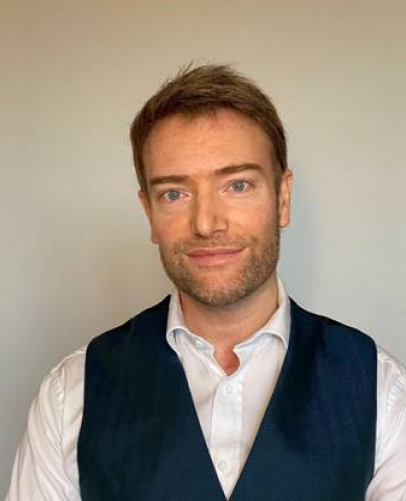
Simon Benjamin
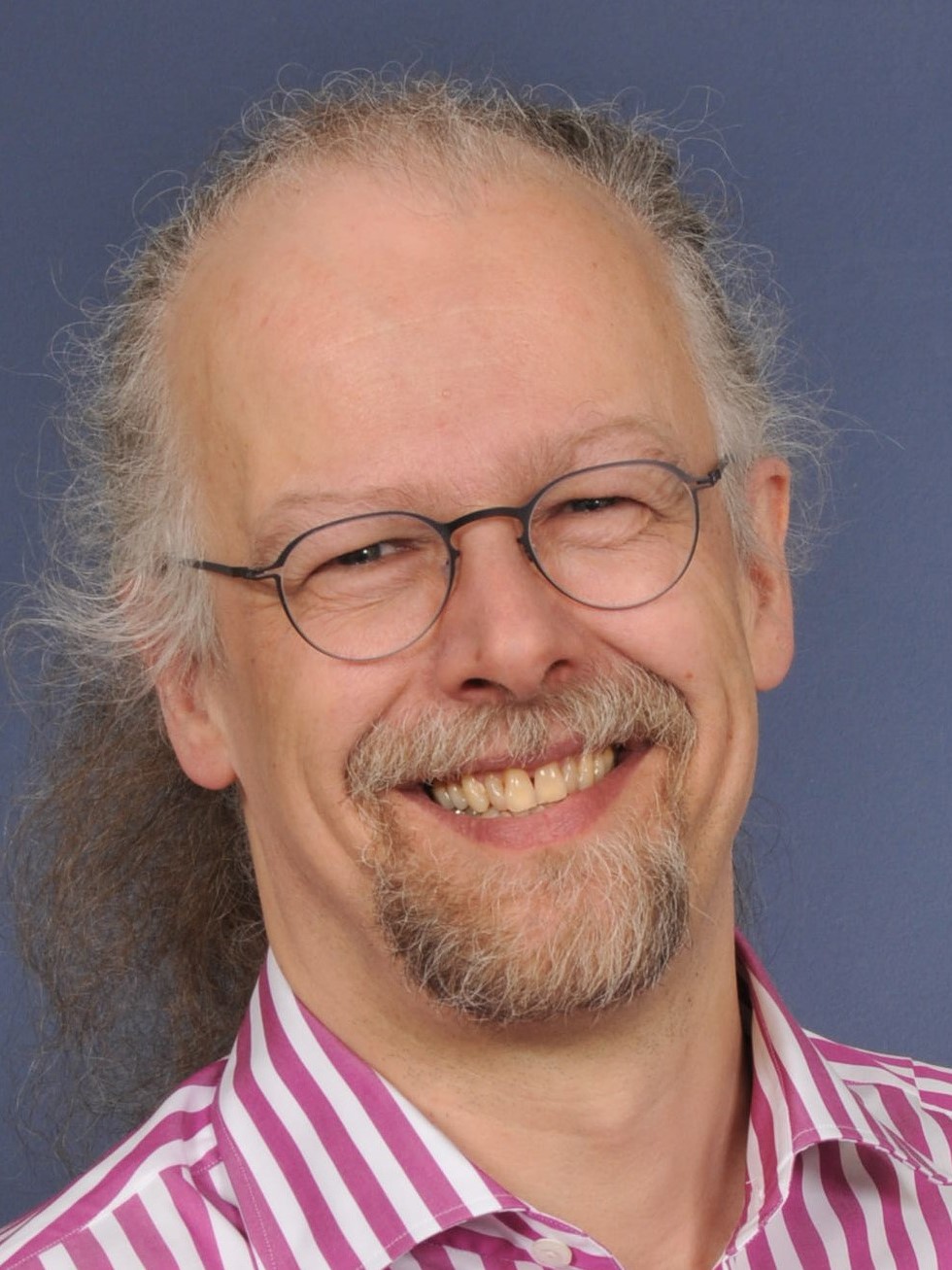
Paul Kelly
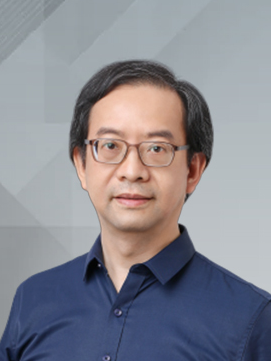
Wayne Luk
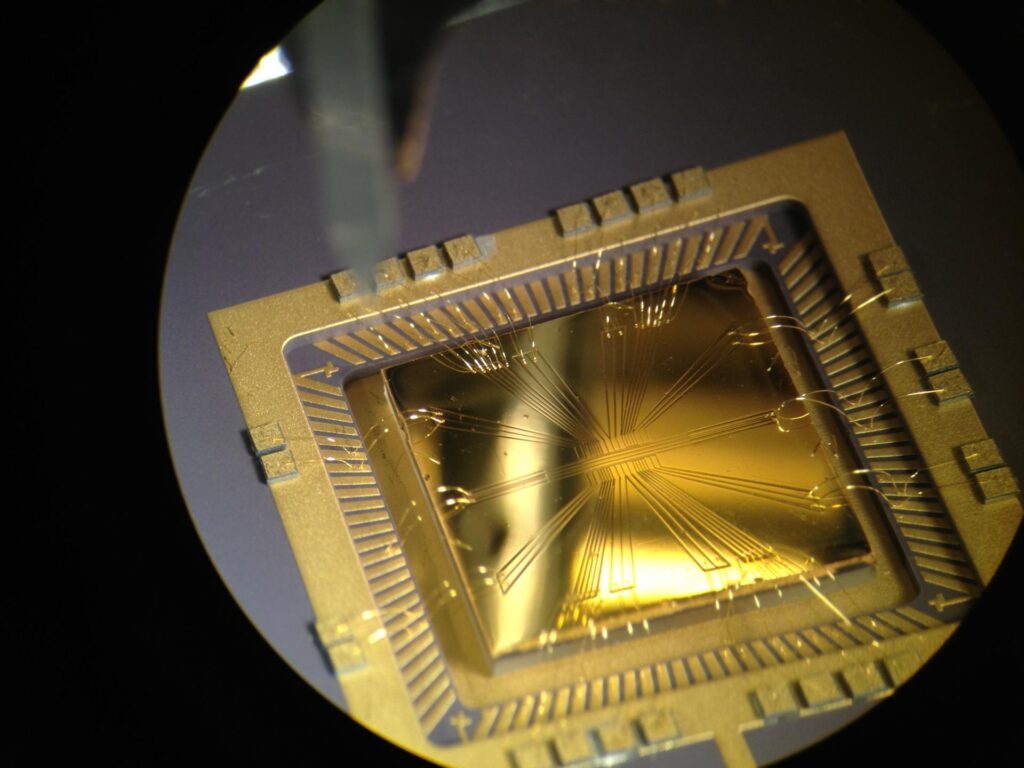
Model-based monitoring and calibration of quantum computations
Two-layered architecture for programming NISQ algorithms comprising:
- Platform-independent specification constructs at the top layer, and
- Continuous monitoring and calibration mechanisms to learn, adjust and optimise the quantum circuit
Learn more
Key Challenge
- Runtime monitoring and adaptation of quantum computation
to provide a platform-independent programming paradigm for NISQ algorithms that is supported by a lower-level monitoring mechanism to make
effective use of quantum resources, applicable to the current generation of quantum devices
The Team
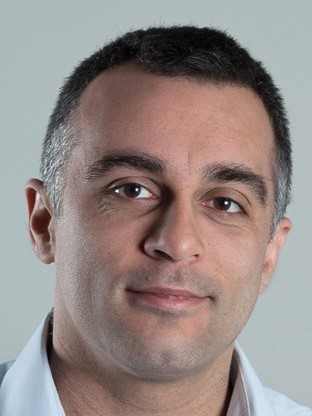
Joe Bhaseen
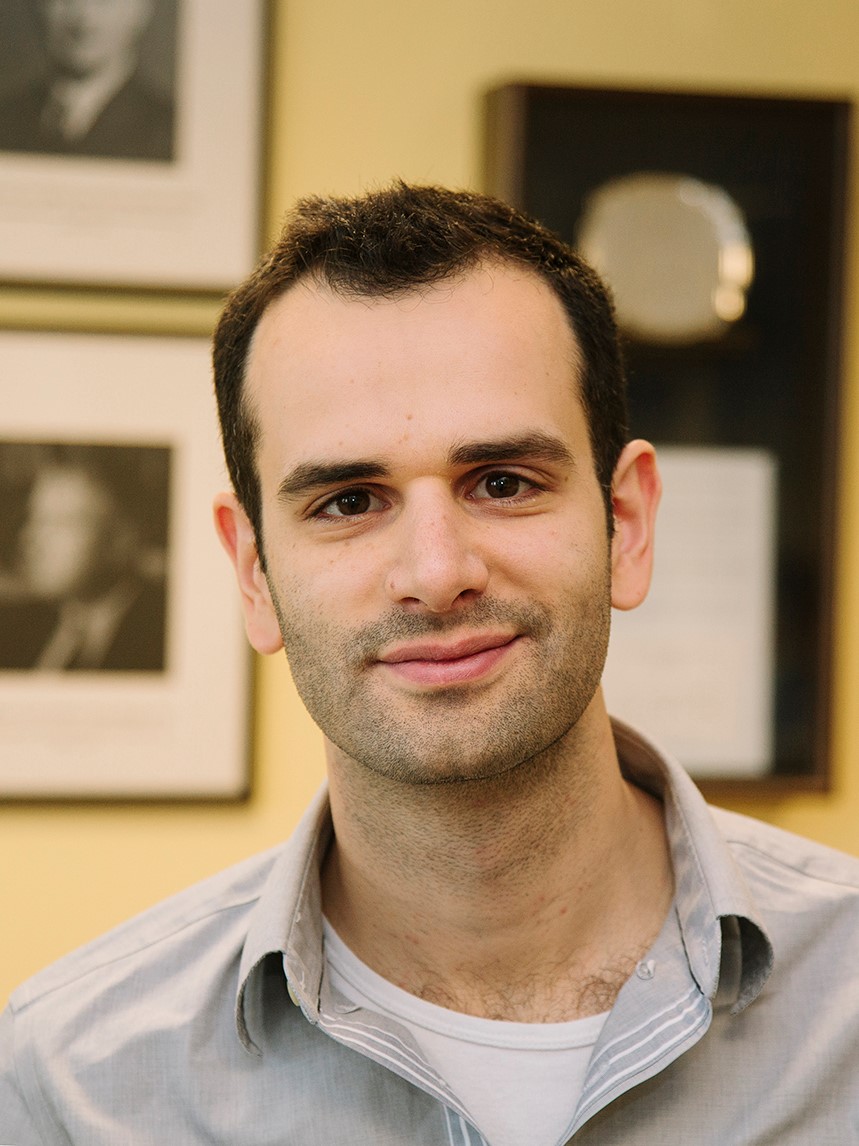
George Booth
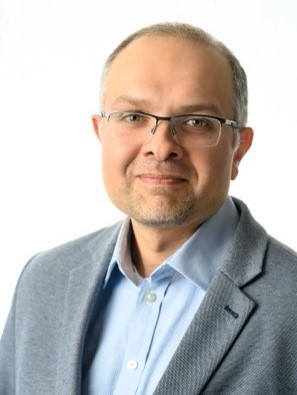
Mohammad Reza Mousavi
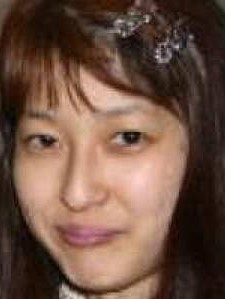
Nobuko Yoshida

Quantum error mitigation and quantum coding
Almost all leading QEC codes are based on the Calderbank-Shor-Steane (CSS) paradigm, but there are known small non-CSS codes that outperform their CSS counterpart.
QEM has lower hardware requirements and qubit overhead than QEC, but requires more circuit runs.
Learn more
Key Challenge
- Large cost of quantum error correction (QEC)
For leading QEC codes like the surface code, the qubit overhead is often quoted to be around 1000 physical qubits per logical qubits, which means that millions of qubits would be required to perform Shor’s algorithm.
Research Ideas
- Searching for better QEC codes
Almost all leading QEC codes are based on the Calderbank-Shor-Steane (CSS) paradigm, but there are known small non-CSS codes that outperform their CSS counterpart.
- Bringing in error mitigation (QEM)
QEM has lower hardware requirements and qubit overhead than QEC, but requires more circuit runs.
Methodology
- We wish to search for larger instances of ‘good’ non-CSS codes for practical implementation.
- We will use QEM to remove part of the errors so that the cost of QEC is reduced.
- We will tailor our protocols to different application scenarios where different errors might arise.
The Team

Dan Browne
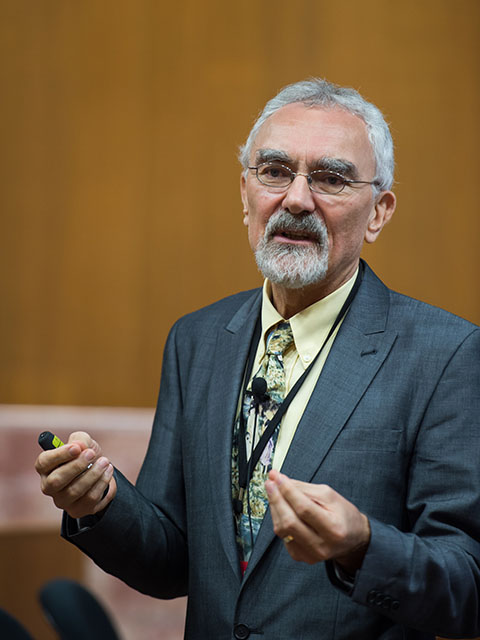
Lajos Hanzo

Balint Koczor

Zhenyu Cai

Automated synthesis of robust quantum programs on limited resource hardware
- Work exists on using ML and search-based techniques to evolve quantum circuits and algorithms from scratch.
- Work exists on quantum error correction schemes.
- What about evolving an algorithm from scratch that includes error correction?
Learn more
Scientific Challenge
- Work exists on using ML and search-based techniques to evolve quantum circuits and algorithms from scratch.
- Work exists on quantum error correction schemes.
- What about evolving an algorithm from scratch that includes error correction?
Evolving Robus Circuits
- Previous search-based approaches to evolving algorithms evaluates the quality of a candidate solution using an ideal simulator.
- What about evaluating solutions using a noisy simulator?
- With a specific error model in mind, robustness becomes “baked in” to the fitness function.
Embracing Ensembles
- Repeated runs of a single quantum circuit can be combined to produce a final result for some problem.
- What about combining the results of an ensemble of diverse circuits with contrasting strengths and weaknesses?
- This approach is also a means of adapting to limited resources.
The Team
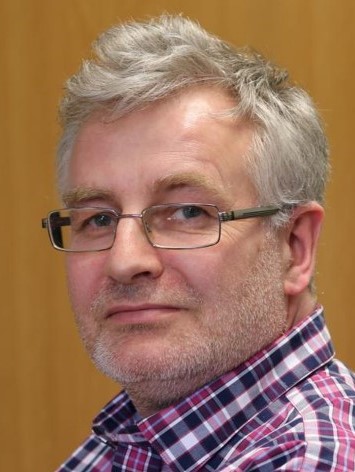
John A Clark
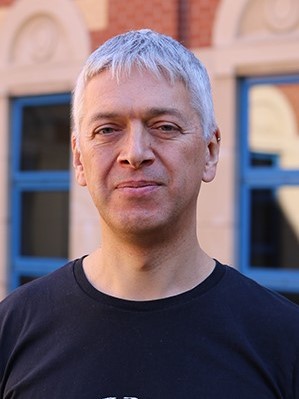
Rob Hierons
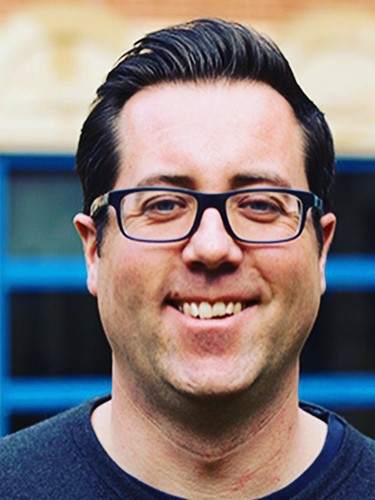
Phil McMinn
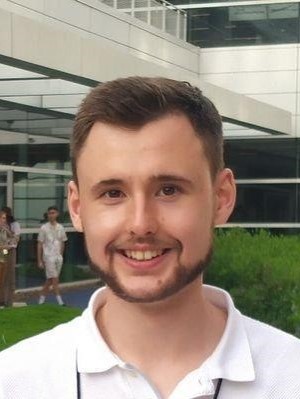
Owain Parry
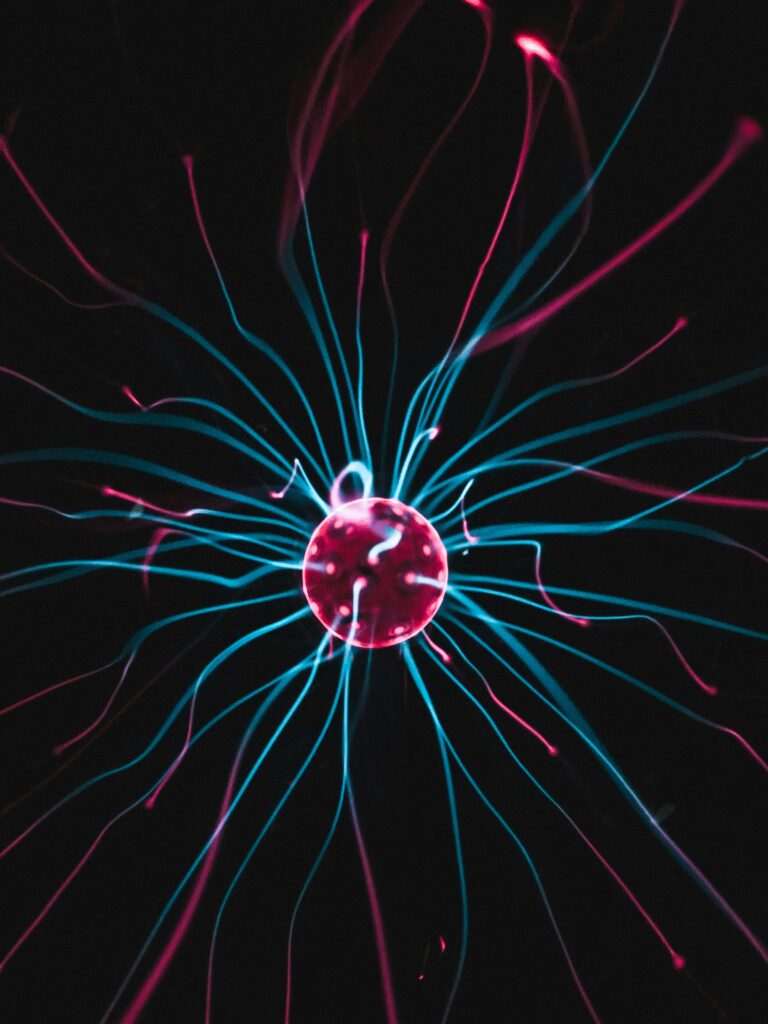
A unified noise-aware compiler stack for NISQ
Expand existing languages and standards with quantum primitives, including errors.
Two-step architecture: intermediate representation, and high-level domain-specific language.
Learn more
Two Key Challenges
- Compiling robustly
Compile quantum programs from level of specification in research papers to ‘machine code’ in a way that minimises hardware errors.
- Use standard compiling techniques
For leading QEC codes like the surface code, the qubit overhead is often quoted to be around 1000 physical qubits per logical qubits, which means that millions of qubits would be required to perform Shor’s algorithm.
Research Idea
Expand existing languages and standards with quantum primitives, including errors.
Two-step architecture: intermediate representation, and high-level domain-specific language.
Methodology
Adapt two existing compilers:
- LLVM/MLIR, expanded with QSSA [Grosser] or QIR primitives.
- Choral [Montesi], a specification language for choreographic programming.
The Team
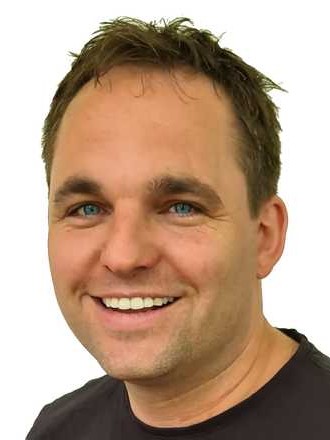
Tobias Grosser
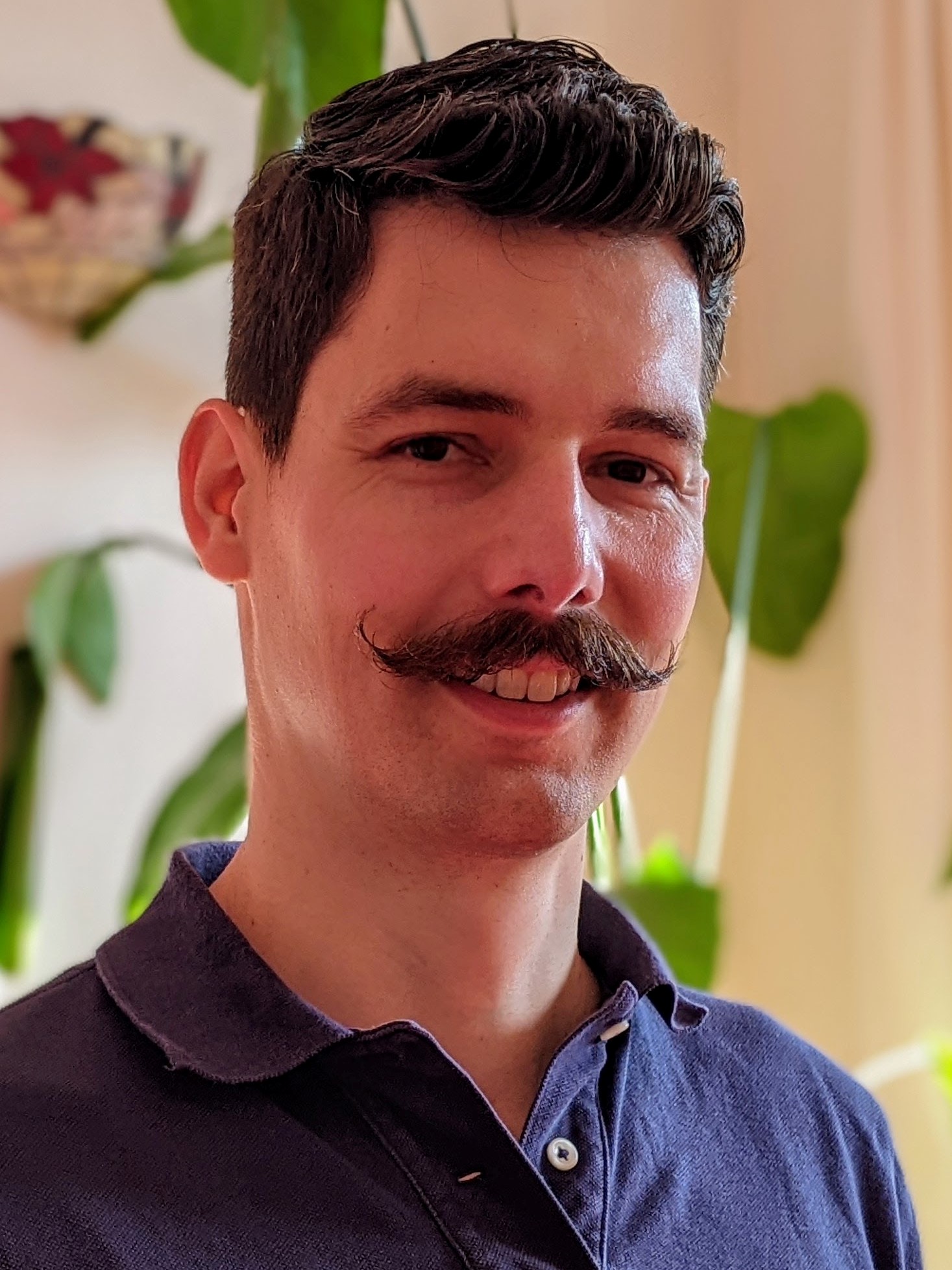
Chris Heunen

Formal verification of machine-learned quantum protocols and algorithms (ForMLQ)
Coming soon

